The Fun is Over, We Have to Get Serious about Games
Trigger warnings: violence, sex
Good While It Lasted
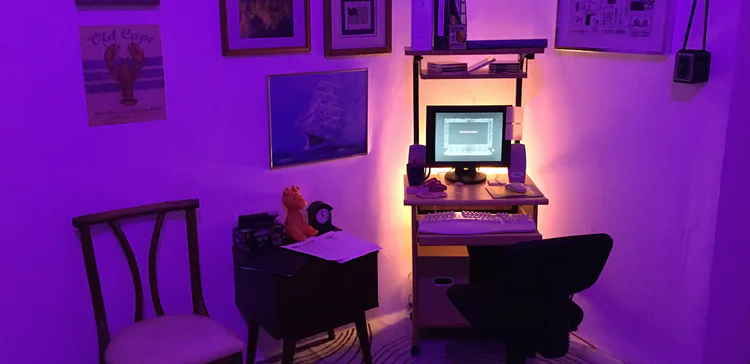
On December 6th 2017, Joe came into my room asking a question, “Hey James? Do we have any Steam Keys left for You Must be 18 or Older to Enter?”
“We should. Check the share folder. What’s up?”
“We got an email today from a Youtuber asking for one.”
“Doesn’t he know it’s free on Steam?”
“Maybe he just wants a key?”
“Yeah, I’d just say email it to him. No reason why not.”
Not more than an hour later, we got a message on our company Twitter: “Hi! Do you still have keys for ‘You Must be 18 or Older to Enter’?”
I called to Joe, “Hey Joe! Someone is asking for a key on Twitter. I wonder what’s going on.”
He responded, “Maybe we got a new write-up somewhere?”
Our game had a fantastic ability to attract press. As the first digital title from our company Seemingly Pointless, we released You Must be 18 or Older to Enter, a non-traditional horror game without violence, death, monsters, nor using mental illness as a scapegoat. You Must be 18 or Older to Enter is a horror about being a kid in the 1990s and looking at porn for the first time.
With such an untraditional horror topic, our game had made its rounds both online and in public, landing us Media Choice at IndieCade 2016, a Student Honorable Mention at IGF 2017 (with the game even being featured in a comedy bit during the award ceremony), it was shown at Slamdance Film Festival as part of their return to Park City with videogames for the first time in 10 years. It was displayed at SXSW as part of their inaugural student showcase, and was covered in Paste Magazines “Best of Toyko Game Show 2016”
Occasionally press would reach out to us to talk about the game, and I would often use the opportunity to promote sex positivity, discuss my desire to subvert the harmful genre tropes of horror, and of course to talk about how dang well the game works as a horror. I like to call it a tangible horror game; a frightening experience many people agree is “too close to home.”
But no, there was no new press for You Must be 18 or Older to Enter.
Joe messaged back our Twitter companion “We do have keys but the game is also on Steam for free!”
Our Twitter companion immediately responded. “I think it was removed from the Steam store. I cannot find it.”
We were confused. I sent a message to Steam Support asking if there was a bug. We began looking through Steam press releases trying to figure out what could’ve happened.
Late in the day, we got an email from Valve informing us they had decided that they view our game as porn. Less than two months after its Steam launch, Valve banned You Must be 18 or Older to Enter.
Culture of Video Games

I want to take a moment to clarify a point. You Must be 18 or Older to Enter lived a good long full life. As mentioned above, it got plenty of attention, and it did a lot to help put Seemingly Pointless on the map. Because it was offered for free on Steam, being banned from Steam only bruised my ego, but not my wallet (I was really excited to be on Steam). I doubt Joe and I will encounter the same issue with Steam on our next game, mainly as it has nothing to do with porn.
With that said, You Must be 18 or Older to Enter continues to be available on Game Jolt and Itch.io for free and DRM free.
While I eagerly hope that Valve reverses their decision (especially since You Must be 18 or Older to Enter is not legally porn), from our correspondence, it’s looking grim. Besides, how often can someone claim to have made a horror game so real it got banned on Steam? Regardless of the outcome, I am eternally thankful and grateful to everyone who has experienced it, wrote about it, shared it, and Let’s Played it.
While I will be using examples from distribution sites and platforms, I want to address a larger games cultural issue. One I’ve been meaning to write about for a while but never quite had the fire to do so. It’s one of the reasons I made You Must be 18 or Older to Enter. I now know there is no one way to explain my concern. The problem is a self-serving web of games culture. One that Nathalie Lawhead spears in her posts regarding Day of the Devs and her follow-ups to it. If you haven’t read them, you should.
To paraphrase, during Day of the Devs, Nathalie Lawhead’s game Everything is going to be OK was ridiculed by younger players. In her words, Everything is going to be OK is “an interactive zine based on abstract life experiences about trauma, PTSD, and surviving difficult situations.” It’s a game that deals with serious topics and makes you think about them. Nathalie looks towards Youtubers and streamers as the source of this poor behavior. As influencers and trendsetters, these video-creators demonstrate to young players how to interact and respond to games. The players didn’t respond appropriately at Day of the Devs, but they learned their behavior from somewhere. I’d like to expand on her concern and contribute to the conversation. I don’t think its just streamers and Youtubers, I think it’s a cycle.
If I Didn’t Want to Be Banned
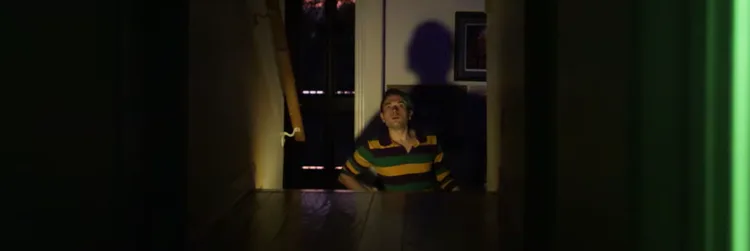
In Nathalie’s follow up, she points out that a primary criticism of her work is “if [she] didn’t want to receive toxicity then [she] should have made a funner game”
In that same vein, if I didn’t want to be banned from Steam, I shouldn’t have made You Must be 18 or Older to Enter. The logic follows. If the game had monsters, or violence, or death, or used other traditional horror aspects over childhood curiosity, it probably wouldn’t have been banned from Steam.
Then again, I can’t say this hypothetical alternative game would have gotten any attention or made it onto Steam in the first place. It would be one drop in an evergrowing sea of horror games; games with dedicated loving developers who may not see a salary’s worth of purchases due to an overcrowded market.
Expand or Crowd

At Seemingly Pointless, an aspect of being low-budget Indies that we embrace is our ability to take risks that larger companies can’t. It’s both a practical and individual drive. For practical, we can’t compete with larger companies. As a two-brother company, we don’t have the manpower or resources to make a competitive First Person Shooter. Why bother competing with Call of Duty or DOOM? Secondly, I firmly believe that Nathalie is right that mainstream game culture needs to be expanded to encompass a wider range of digital experiences. More so, if Indies want to survive, expanding into uncharted territory is exactly what we need to do.
In the past year, I’ve heard fellow developers repeat “it’s harder to make a living on games now than it has ever been” so often, it might as well be a mantra. Discussing the climate with a prominent Indie developer, they revealed to me that even with a substantial following, they didn’t have a blow out release day on their latest game.
To survive, we need to embrace making new experiences. Ones that players haven’t encountered before. Here lies that problematic cycle: gamers like what they know, and distribution platforms curate to that audience, reinforcing the expected games gamers know, reinforcing what is available for streamers, reinforcing what players will buy, reinforcing the games developers make.
This means gamers have limited language for addressing games, and that language is curated by the games they play and have access to. If a game like You Must be 18 or Older to Enter is considered porn by a platform, then players lose a non-violent alternative horror. If anyone trying to expand the palate of experiences is being treated poorly on account of untempered yet taught player behavior, that developer is liable to leave the community.
I began wondering: what’s the underlining similarity in the content being reinforced? What are players and platforms expecting to consume?
Intent and Reaction
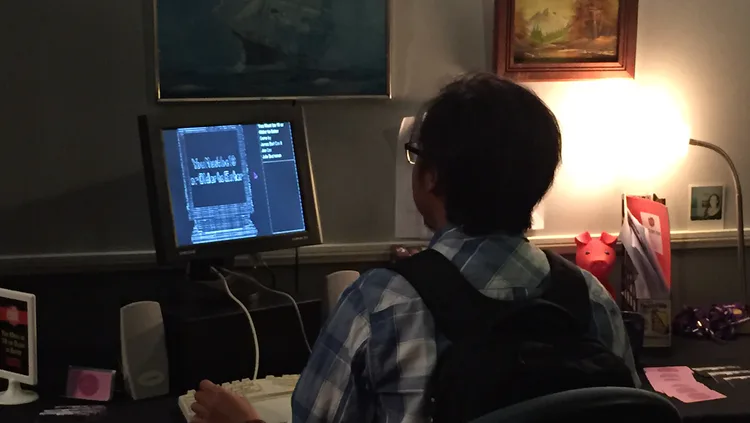
To my benefit, even if audiences don’t react appropriately to You Must be 18 or Older to Enter, they still get a kick out of the game. Sometimes, they’ll make scandalous jokes, and with this game, it’s fine because it’s safe. By definition and US Law, You Must be 18 or Older to Enter is not porn.
For the definitions:
According to Wikipedia: Pornography (often abbreviated porn) is the portrayal of sexual subject matter for the purpose of sexual arousal.
According to Dictionary.com: Sometimes porno, pornography is sexually explicit videos, photographs, writings, or the like, produced to elicit sexual arousal
And according to Oxforddictionaries.com: Printed or visual material containing the explicit description or display of sexual organs or activity, intended to stimulate sexual excitement.
What’s important in these definitions is how the intent of the material matters. In You Must be 18 or Older to Enter, there is semi-NSFW content. We make use of ASCII filters to blur naked bodies. This is done to help separate the content from the sources, help separate the content from being actual porn, and to help set the game’s mood. By using ASCII art, it’s hard to fully interpret any image in the game. You can generally understand that something naughty is going on, but you won’t “get” the picture. It sits the player in the role of a kid exploring these adult worlds: curious, confused, anxious, caught.
Sure, the content was derived from porn, and I had to read over porn sites to understand the layouts, and the game beeps and moans at the player as if it’s porn. But it isn’t porn. We never intended for it to be porn, and based on that alone (with assistance from our wonderful definitions), it isn’t porn.
The legal reasons for why the game isn’t pornography are long winded, but the gist is that the game has artistic merit beyond the individual ASCII images; and the content of the images are debatable in both what they depict and purpose.
This situation brings backs memories of the eternal “Do games cause violence” question, a question we continue to answer with “no, they do not.”
But why should that matter for a distributor’s interpretation, and how does it feed into the cycle? To begin, it means that the platform is curating the experiences their players can interact with. It means they’re making judgment calls on what players touch, which in turn reinforces how players talk about games: how they think about games.
Safeword

When Saint’s Row the Third was released in 2011, a friend shared a gameplay segment with me. They were excited about how zany a particular level was and wanted somebody to see their in-game antics.
Before the level begins, a man tells your character that they want to sneak you into an auction to “kick the Morningstar [a gang] right in their collective pussy.”
When your character asks if you’ll be masquerading as an eccentric millionaire, your companion responds “Kind of. I’m gonna auction you off as a sex slave.”
Your character responds with “Fuck that.”
And they, in kind, retort “Oh, quit being a bitch and get in the van.”
Then the level begins. Your character is stark naked and thrust to the floor, pubic regions blurred. The name of the level is Pimps Up, Hos Down, and you fight naked through a BDSM club.
The full footage can be viewed above starting at 32:53, or click here to jump to the right spot. In the video, you can see a large dildo being used as a weapon at several points and most prominently at 37:04 It’s referred to as The Penetrator, as mentioned in the Saint’s Row wiki.
The wiki discloses how, once cleared, you can return to the location, which now has dildos, a sex doll, and a naked photo of another in-game character. None of this is porn and shouldn’t be. It was not made to be porn, and it isn’t.
By only using blurred patches to cover genitals, this Saints Row level reveals more than You Must be 18 or Older to Enter. But I don’t think the ASCII collage images are fully why You Must be 18 or Older to Enter was banned, it’s something You Must be 18 or Older to Enter does that Saints Row doesn’t.
Further, here are a few other examples of games touching on sexual themes. They lack the same one trait that You Must be 18 or Older to Enter has.
SUPER KINKY: Release date is “Coming Prematurely 2018!”
Frisky Business: Second gif on the page amounts to an animated pin up. One Steam review states: those mini games with girls are “interesting”. Especially if you get the uncensor patch
House Party: The Steam trailer advertises “getting laid” as a feature of the game.
Perhaps with less ASCII naked confused bodies, these titles all but advertise themselves for purposes beyond good clean fun. Regardless, there is an ocean of platform approved mainstream games that have even these provocative games outmatched..
The special treatment that You Must be 18 or Older to Enter received has to do with how it was constructed, and how it actively asks the player questions about their relationship with adult topics. For starters, You Must be 18 or Older to Enter isn’t a sexy game, but it is about exploring a sexual world, and it wants you to think about how scary that can be.
Thinking About the Difficult
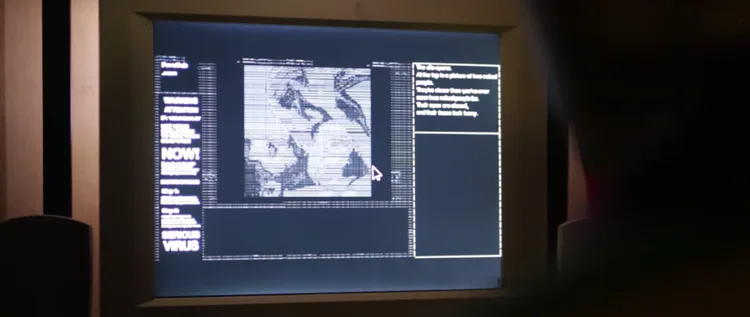
You Must be 18 or Older to Enter was banned because we made this digital 21st century rite-of-passage with a degree of forwardness and honesty none of those other games would touch. With no self-defense of irony, abstracted fiction distancing the game from its subject, or sense of mainstream gamified fun, You Must be 18 or Older to Enter was simply vulnerable.
It’s a game about a terrifying coming-of-age moment many people experience. It’s a game about porn, but never as porn. The ASCII art in the game is placeholder for porn, yes. But the downfall is that, rather than just imply or bypass the portrayed topic as a silly antic, the game makes the player think about their own past relationships with porn and consider what others might think if walked in on. Making the player think about porn and presenting them with the ASCII art was too much. It isn’t porn, but there were no layers with which it could be defended.
Often while showing this game at festivals, players will talk with me, recanting frightening stories of their youth as they tried desperately to understand that strange new adult world. The other games above don’t make the player think seriously about sex, nudity, or such. For instance, Super Kinky’s release date of “Coming Prematurely 2018!” can be viewed as an ironic joke. But You Must be 18 or Older to Enter opens up discussions about these topics and makes the player ponder them. Something that should be applied when experiencing all games, especially violent games.
Our Own Storm

You Must be 18 or Older to Enter wasn’t my first brush with partitions and age gates. Back in the summer of 2016, a classmate from USC, Joe, and I were accepted to Dare to Be Digital, a videogame development competition in Scotland. Our pitched game was Our Own Storm [now canceled].
When it was time to show Our Own Storm at the festival, organizers put it behind a partition.
This game wasn’t porn, nor did it even touch the topic. So why were we separated from other games? It’s because we took death and violence seriously, and we wanted the player to think about it. This scored us a nice mature rating. Set on the fictional war-torn island of Tolsia, Our Own Storm was a war game where you never kill, but when you’re killed, you become your killer.
Covered in KillScreen, our goal was to humanize the characters you play as; we wanted players to feel the weight of digital actions. We wanted them to stop seeing the enemy as “the other.” Your character is shot, then you become your killer. The characters never scream, there was no digital blood, but it was too much for some people. It’s conflicting. You never get to be violent. You never fire a gun. It makes you think about death, and it carried more weight than most games where you can kill.
Violence in Videogames
Even before Hatred released in 2015, it wasn’t taken seriously. The whole thing was a joke to its audience from the start. Developers and gamers loved to hate it. It was too extreme. It was as much an extreme joke as the comments on its Steam page are.
As a game that allows the player to embody a mass shooter, comments on the Hatred rating page include messages such as
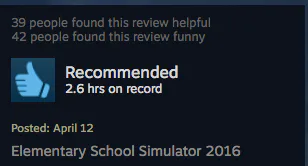
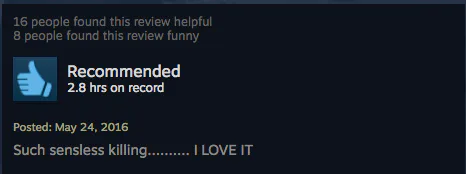
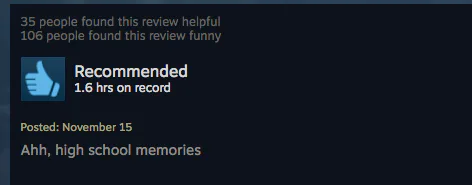
By not taking their topic seriously nor encouraging us to think critically, games like Hatred normalize and encourage comments like the ones above. And while games do not cause violence, this doesn’t mean they won’t desensitize us to fictional violence and continue to allow poor behavior. That may not seem to be an issue on the surface, but it’s exactly why You Must be 18 or Older to Enter works.
When you walk through a room and hear TV gunshots. It means nothing.
“Hey” you may say in passing to a friend killing fictional people on a screen.
You walk through a room and hear digital moaning; your friend is embarrassed, perhaps you’re embarrassed.
We’re not shocked by digital screams of pain or gunshots, but we jump away from any audio that could be interpreted as porn. We’ve grown complicit in fictional death and afraid of fictional pleasure.
Valve removed Hatred from Steam Greenlight back in 2014 (a process that You Must be 18 or Older to Enter got through with no problems). However, Gabe Newell made the call to restore the game. The Steam Rules and Guidelines states as number 7 of what you shouldn’t publish: Content that is patently offensive or intended to shock or disgust viewers.
According to Metro, they drew the line at killing animals and kids. While Hatred doesn’t feature killable children, the game’s rating comments still include the above examples. Keep in mind that a developer had their game banned from Steam for tweeting a death threat about Gabe Newel. A threat that they followed up by saying “I didn’t mean what I said.”
But it doesn’t matter. Those Hatred comments don’t matter either. Nothing is serious. It’s all taken as a joke.
If Hatred wasn’t a joke, its Steam description, including snippets such as “you have full control over the lives of worthless human scum” and “you will have no mercy for them, because they dare to stand in your way,” begins to sound like certain manifestos.
When I addressed violence seriously in Our Own Storm, the heaviness was too much, and players can’t even kill in that game. Pulling back the curtains on irony and fun leave a palpable weight. The more violent the game is, the heavier it’ll be.
Time to be Serious
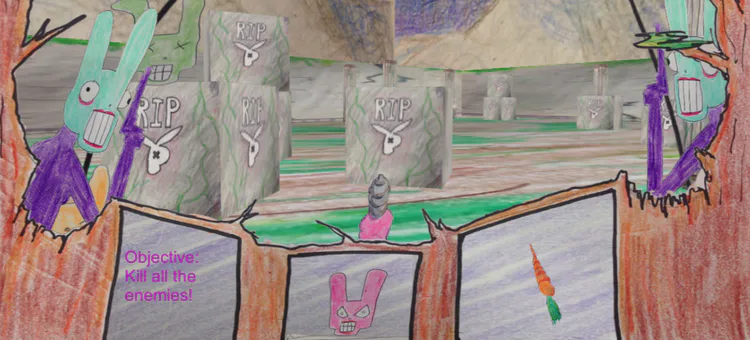
You Must be 18 or Older to Enter is an edgy game. It doesn’t have to be edgy but this gaming culture makes it edgy. The contents are mild compared to what it could have been. For comparison, Hatred was edgy for a violent game, and it had to push about as far as you can with mass killing without using a gun controller. What happens if we take it seriously? What happens if we think about the topics at hand?
You Must be 18 or Older to Enter was in the first generation of Slamdance games to return to Park City, Utah, (where both Slamdance and Sundance happen in the same week) in 10 years. In 2007, Super Columbine Massacre RPG! (SCMRPG!) was accepted to Slamdance alongside titles including Braid, flOw, and Castle Crashers. SCMRPG!’s creator says in his artistic statement that it is a critique of the way traditional media handles shootings and that it is a parody of such violent games.
Before heading to Park City, the game was removed from the finalists for varying reasons, amongst which includes copyright issues from Nirvana, who’s music was included in the game. With such a controversial title, Nirvana (a band the shooter listened to) wanted nothing to do with the work. The copyright ownership conundrum created a litany of legal problems for displaying a game already mired with public backlash. Seven other titles, including those listed above, pulled out of the festival in protest of SCMRPG!’s removal. It took ten years for Slamdance to bring games back to Park City after the fiasco. A return I am honored to have been a part of.
The SCMRPG! situation sparks serious conversations. What is ok to portray in videogames? Where are the lines drawn? Do the killings need to have happened in reality for it to cross the line? What about Call of Duty? Is Call of Duty’s gamification of the world’s worst and deadliest conflict fine? Do we only have to wait 40 years until its ok to make games about Columbine?
Saved from the Titanic is a 1912 film about the sinking Titanic. What’s remarkable is how the film was shot and released only 29 days after the Titanic sunk. Co-written and staring a survivor (who wore the same clothes she was rescued in), is this exploitive of the Titanic tragedy that resulted in over 1,500 deaths?
And with such a morbid scale in mind, how on Earth are games like Everything is going to be OK and You Must be 18 or Older to Enter such problems for people and platforms to handle?
We have to take games seriously, and we have to think seriously about them.
Break The Cycle
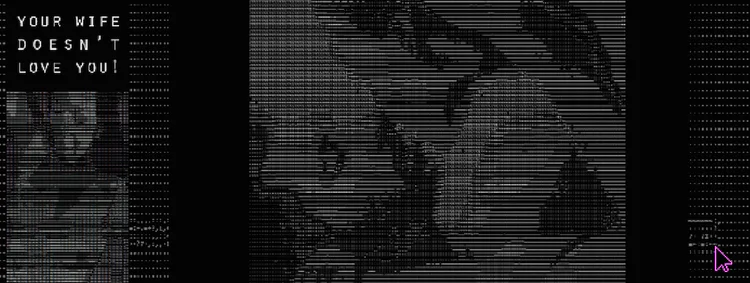
You Must be 18 or Older to Enter only works as a game because of how disturbed the game culture sensibility is. A secret agenda of mine for the game has always been to promote alternatives to violence and death in games. Creating it was an exercise in finding a genre that relies on fear and making a game to subvert the bubble of what a horror should be.
Nathalie Lawhead’s work was too honest and thought provoking for its hecklers. It was too different for the Youtubers and streamers. How do you engage meaningfully with a work when you don’t know how? And this is a cycle that can only be broken by people stepping up and joining the conversation as I hope I have here.
We need to stop creating in the same narrow streams, and we need to encourage and support players, platforms, and everyone else to broaden their own tolerance for honest, serious, and experimental games, so we can collectively grow our understanding of what a game could be.
Unlike Saints Row or the other titles mentioned in that section, You Must be 18 or Older to Enter purposefully makes players uncomfortable with its subject. It’s meant to be uncomfortable; it’s a horror game. But if my secret goal for You Must be 18 or Older works, it will no longer be horror. It’ll just be a neat narrative driven coming-of-age Indie game.
Although these fun violent games don’t cause real world violence, they can still encourage poor community behavior. When death and killing is a joke in-game, expect it to be a joke in the community.
Use violence in your games if you must, but be creative about it, think about it, be serious about it. Make death and pain serve a point. Don’t simply include it. Games don’t need more aimless violence. Games need to be thoughtful and need us to be thoughtful. Not just about making games, but about the messages we impart and the systems we use in them.
We need to take games honestly as well. Saints Row The Third is meant to be a silly over-the-top game, but the conversation I recounted earlier from the level “Pimps Up, Hos Down” makes me uncomfortable. Just because it’s a game doesn’t mean it won’t impact your sensibilities. Even jokes can have lasting impact.
It’s hard to break habits, and this self-feeding cycle of games to platforms to players to games is no exception. But there is a lot of hope. Platforms like Game Jolt and Itch.io are open to a broader spectrum of games, and honestly, some of the best games you’ll every play are undiscovered gems waiting on those sites. There’s pockets of players and Youtubers in both who continue developing new methods and ways to treat non-fun, thoughtful, and serious games. These are the communities we need to bring to the mainstream: people who are figuring out how to approach thought-provoking games with understanding rather than with ridicule or bans.
For another glimmer, journalists have been doing an amazing job at covering Everything is going to be Ok. And perhaps they’ll help us break the cycle too.
Call to Action and a Few Key Takeaways
Games about porn are not porn just as games about shooting people aren’t calls to imminent lawless action. The confusion about intention, interpretation, and action can lead to dire situations, especially in spaces where players consider everything a joke.
We, as players and creators, need to be ok with games that are honest and open, not just games that are mindless or silly. We need to be ok with games that address difficult and new topics, not just the familiar and tired.
We need to have these conversations about where the lines are drawn in games. Sex positivity, the reality of pain, and the personal are just as valid topics as fun is.
We need to understand that all systems are built with biases and unless we think critically and accept that every game has a message, we could be digesting dangerous biases without even knowing.
Maybe, just maybe, we can turn the tide with honest, serious, and thoughtful games. We can make the games that show it’s fine to share our human experiences, be them traumatic, lovely, or anxious.
Finally, we don’t need to build our games to look like other games to pass them off as games. Let your message shine, and push the conversation forward.

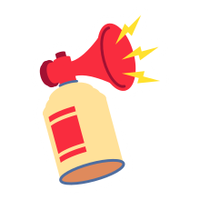
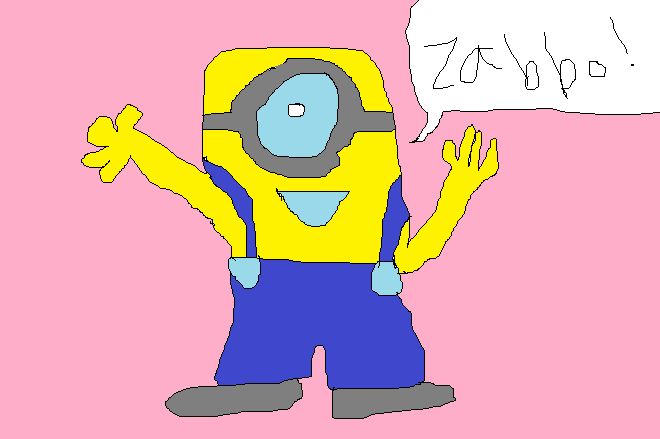



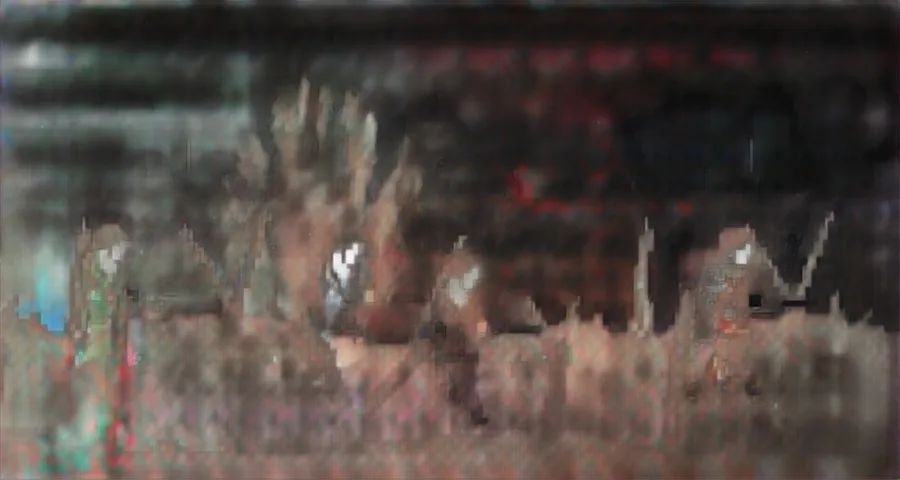
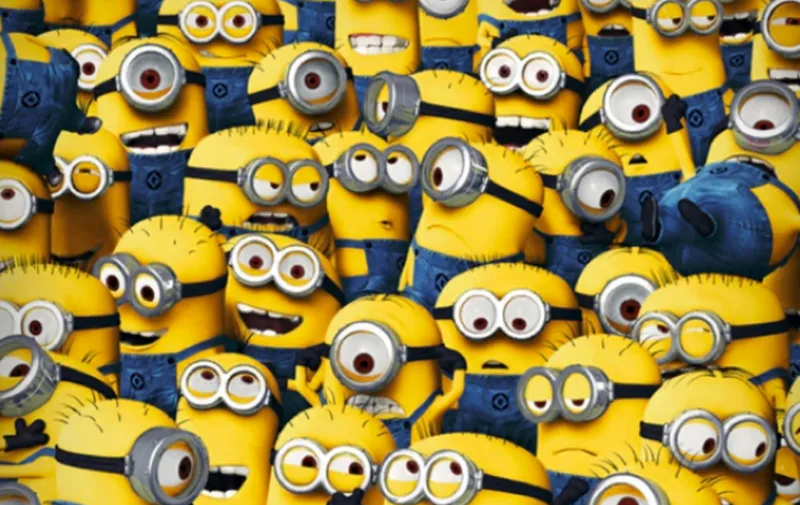
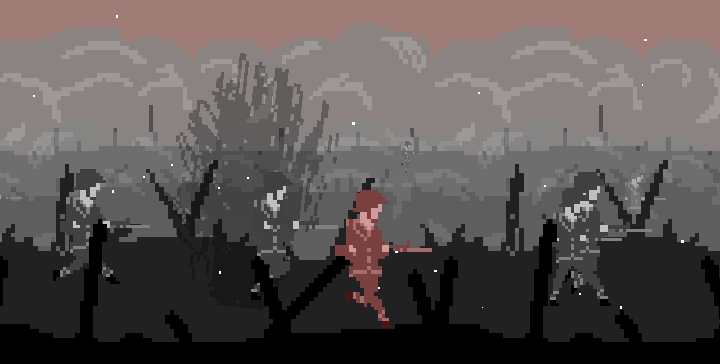
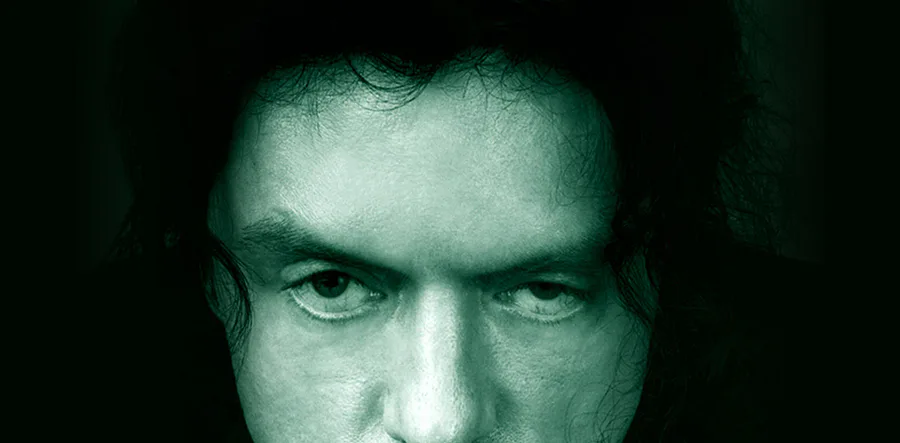

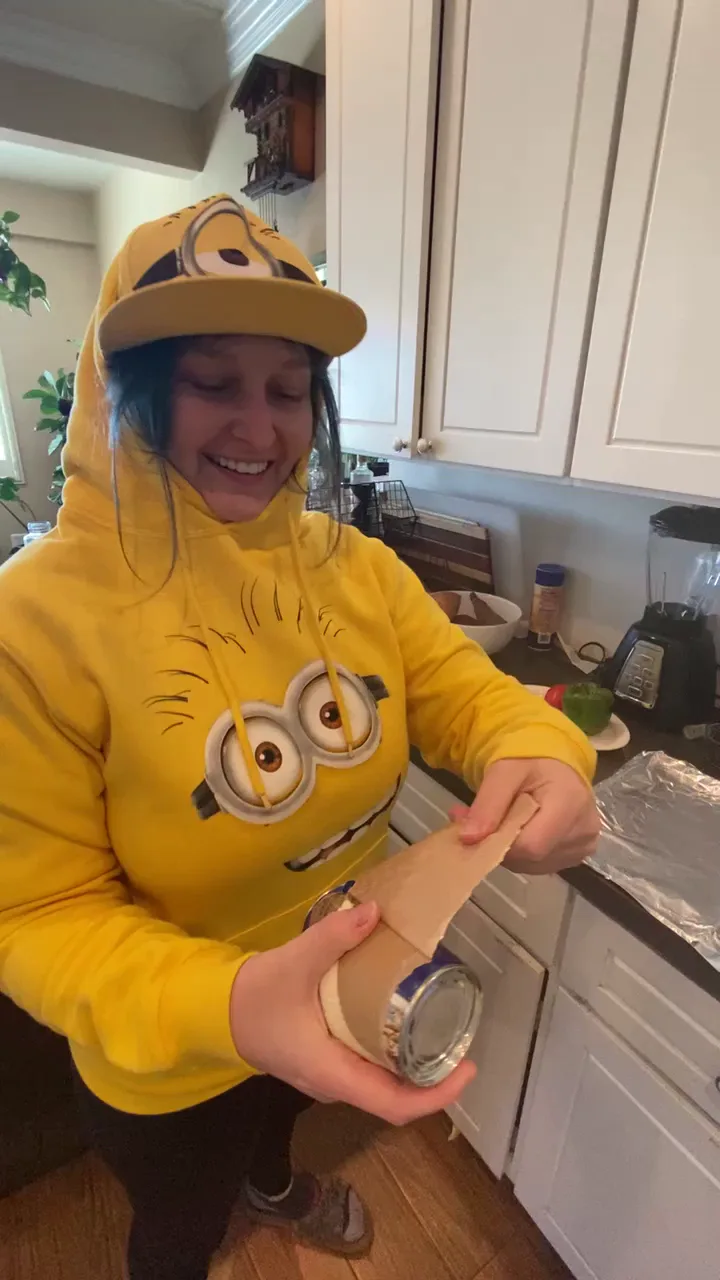
14 comments